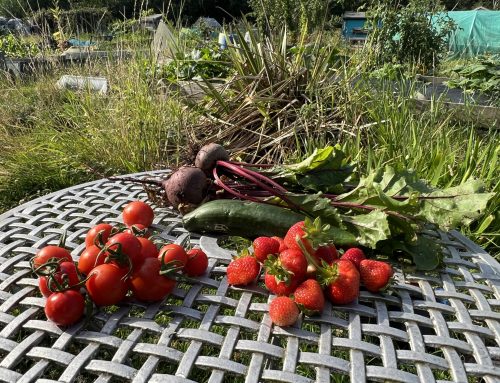When I joined the ranks of local government as a young enthusiastic graduate I was surprised at the traditional environment that I had entered. It wasn’t unusual for officers to be seen at their desks smoking pipes whilst reading the paper. Lunchtime was a leisurely affair with work appointments being made to accommodate the regular game of cards. Environmental health officers were generally male and were usually of the mature variety. If ever there was an institution that needed to join the modern age it was this one.
Twenty years on, local government is an entirely different animal. Some days I’m lucky if I get lunch let alone have the opportunity to socialise over a cribbage board. Environmental health officers are more often than not female and the workforce is a lot younger and more dynamic.
So how did we get here? Well, in my experience it was definitely more evolution than revolution. An example of this at my authority was the realisation that the huge amount of information we held could be used to make things better. In the beginning we had the filing clerk. This woman was amazing, a female version of Mr Memory in The Thirty-Nine Steps. She knew every file of the thousands that we had and could retrieve any of them within the blink of an eye. She always knew who had which file, when they had removed it and what they’d done with it.
Today, although the same principles apply, the methods we use are very different. All of this is now done via a database with an audit log telling us who has accessed a file and what they’ve done with it. We are also now able to use the information we have in new and inventive ways, such as profiling premises to target inspections more effectively or plotting data on a map to enable us to focus resources on hot spots. Not only that, we can now access this information 24/7 in the field when we need it, and we also have the benefit of agile technology updates and the ability to create new records on the fly. This is a definite evolutionary move from simply focusing on data storage to actually analysing the data we hold and using our findings to improve our operational effectiveness.
I’ve used the hot spot approach to good effect when allocating work areas for pest control officers. By splitting the service requests into two groups – rodents and insects – and plotting these on a map of the borough it was a relatively easy task for me to more effectively balance the workload between the available workforce.
The obvious progression from this is to be aware of where your workforce is geographically and to allocate the work to them on that basis. Something that would make pipe smokers of twenty years ago raise their heads from the paper in disbelief. Napoleon once said “War is ninety percent information”. You have more data than ever at your disposal; victory will come from how you use it.






